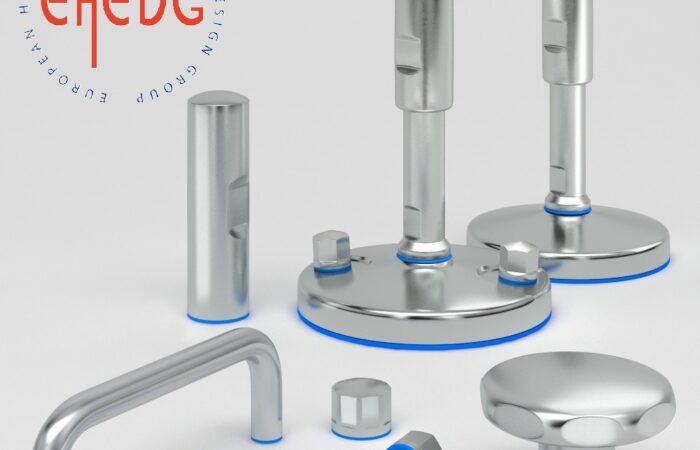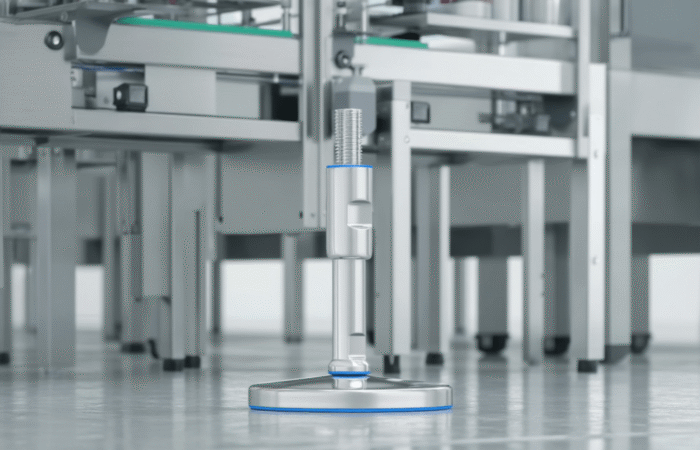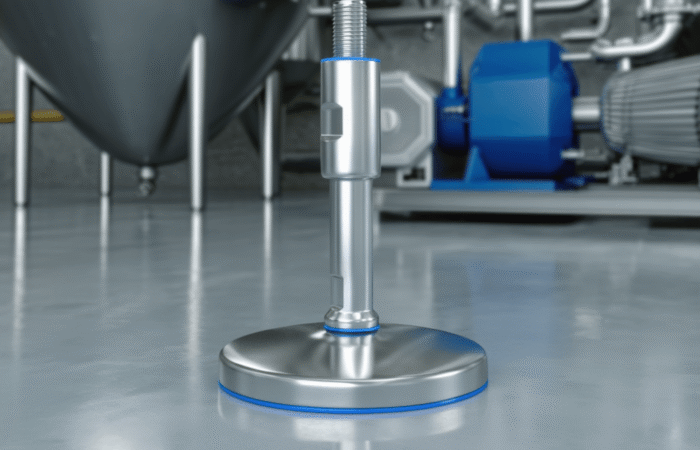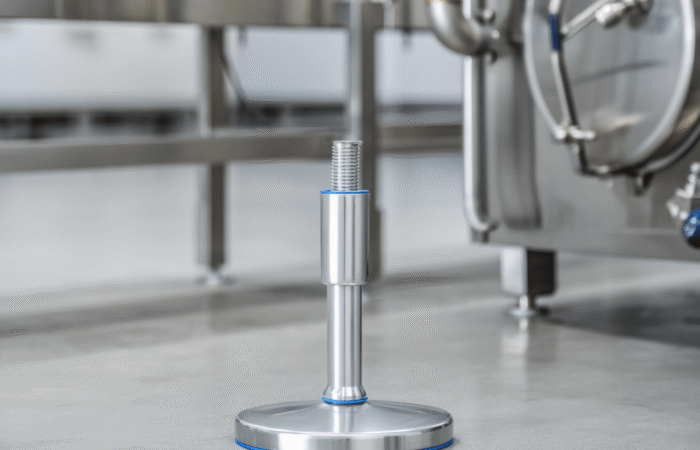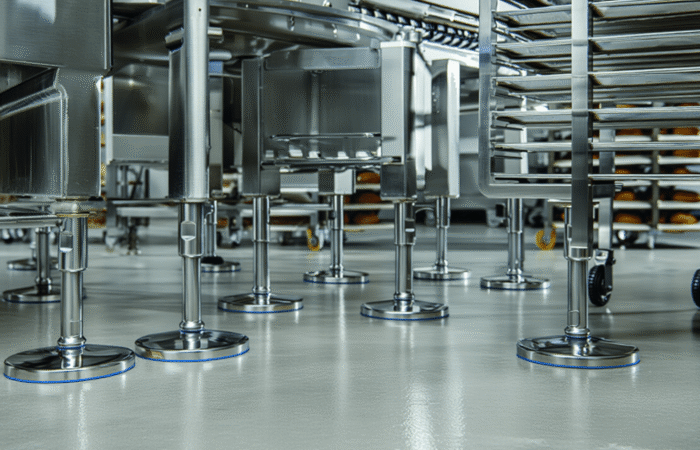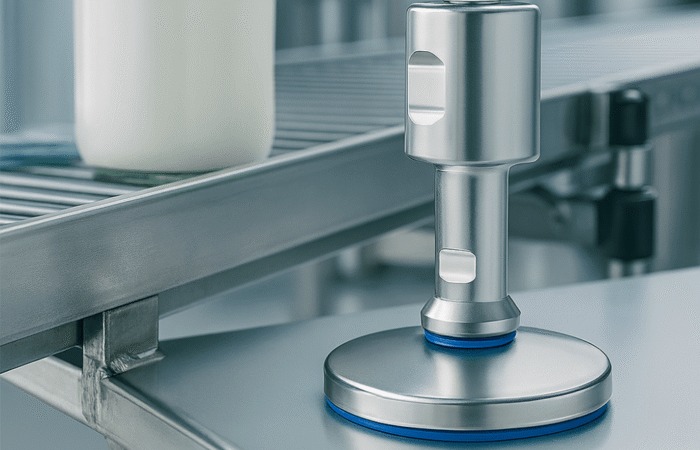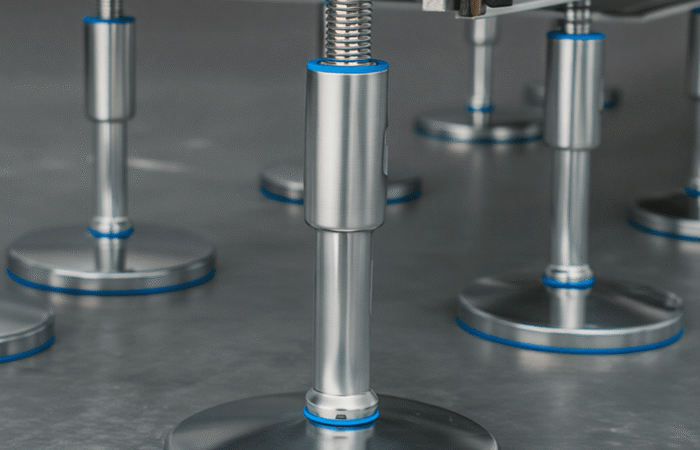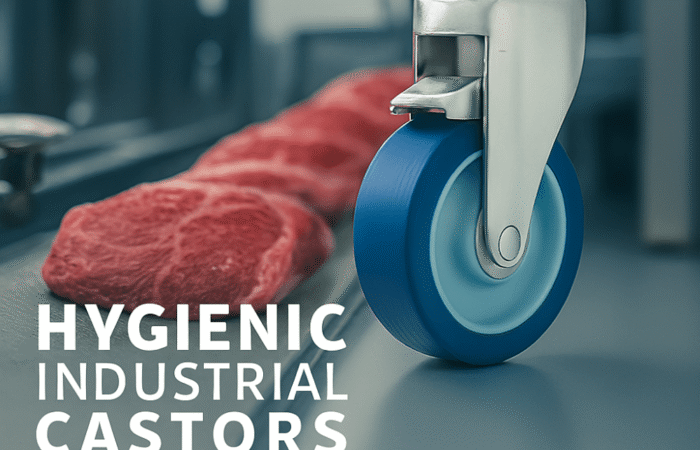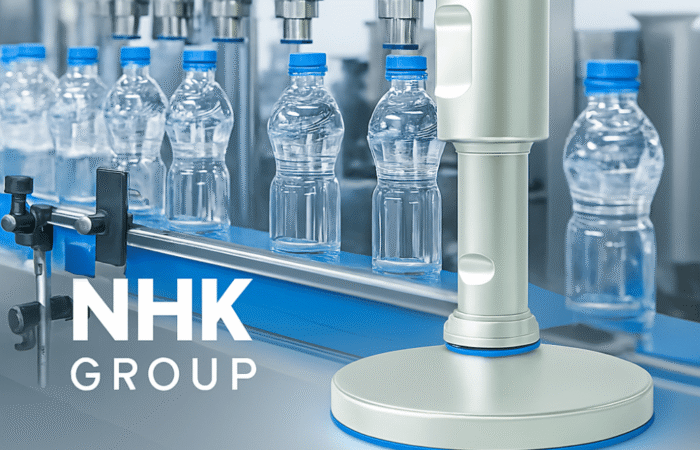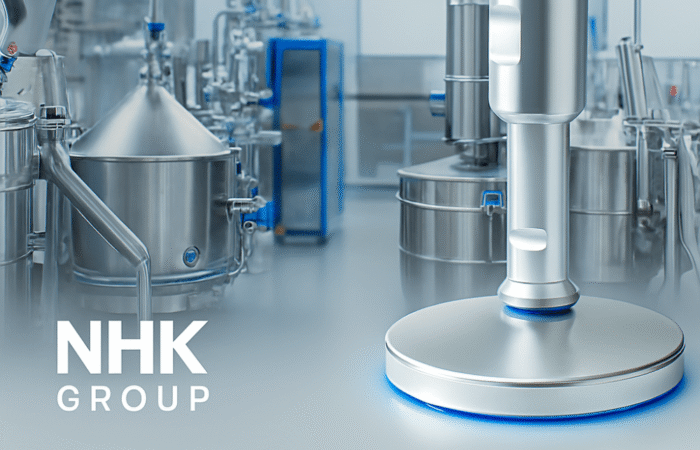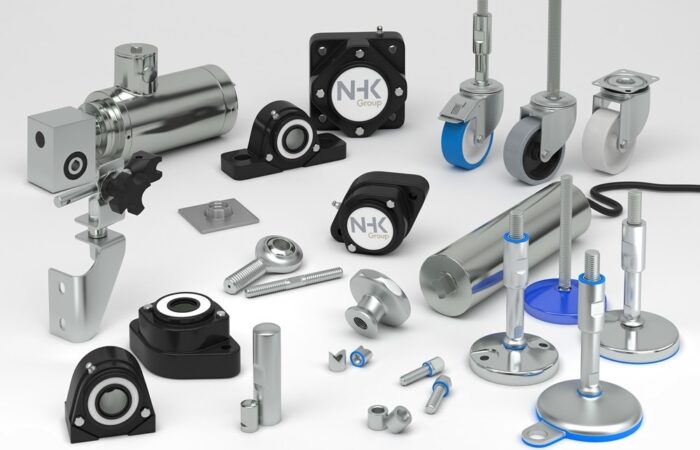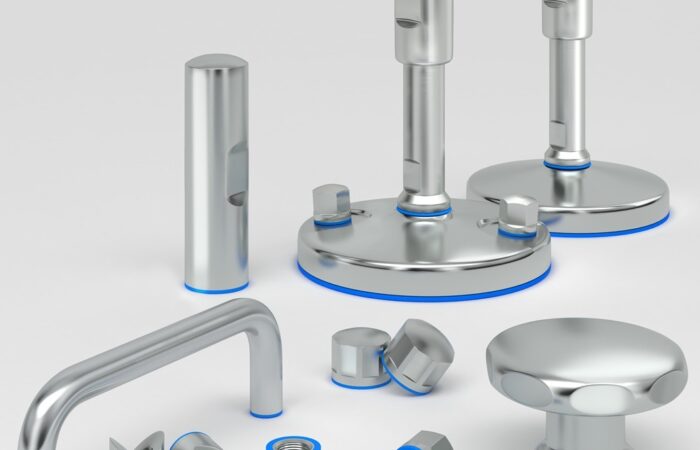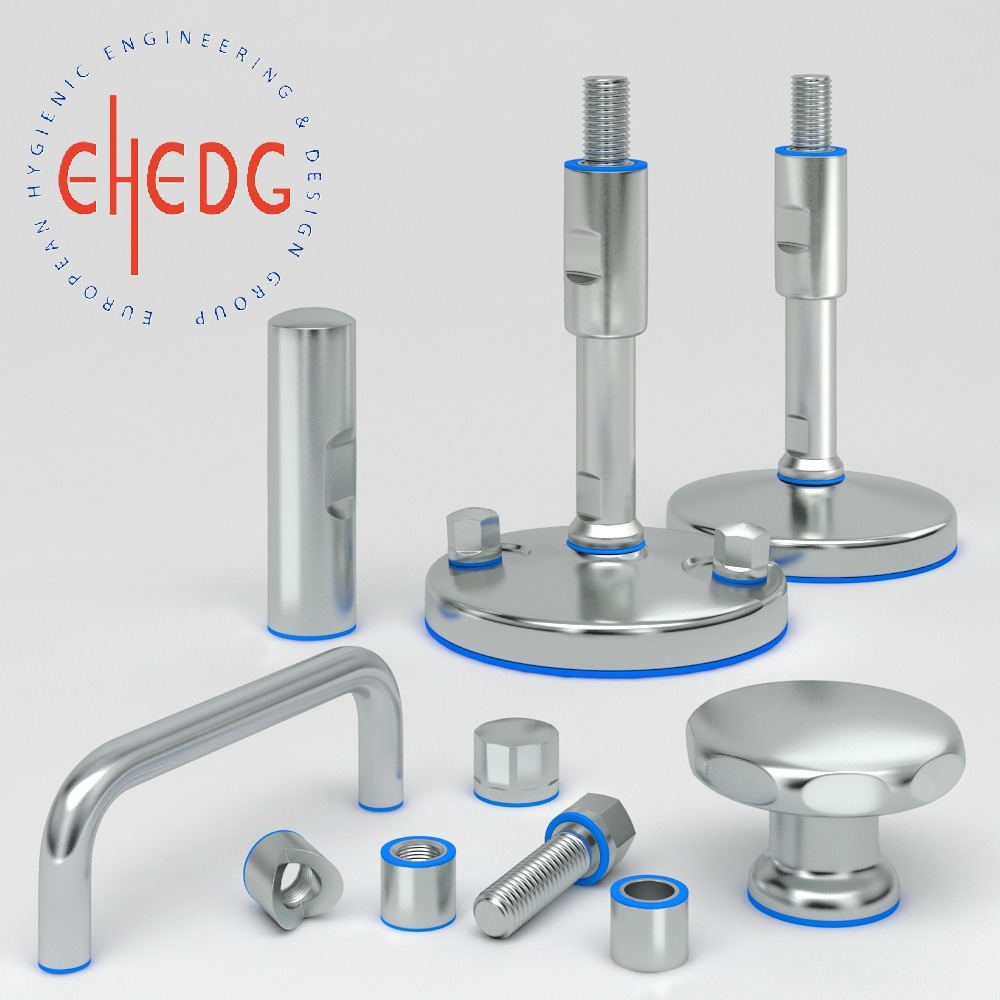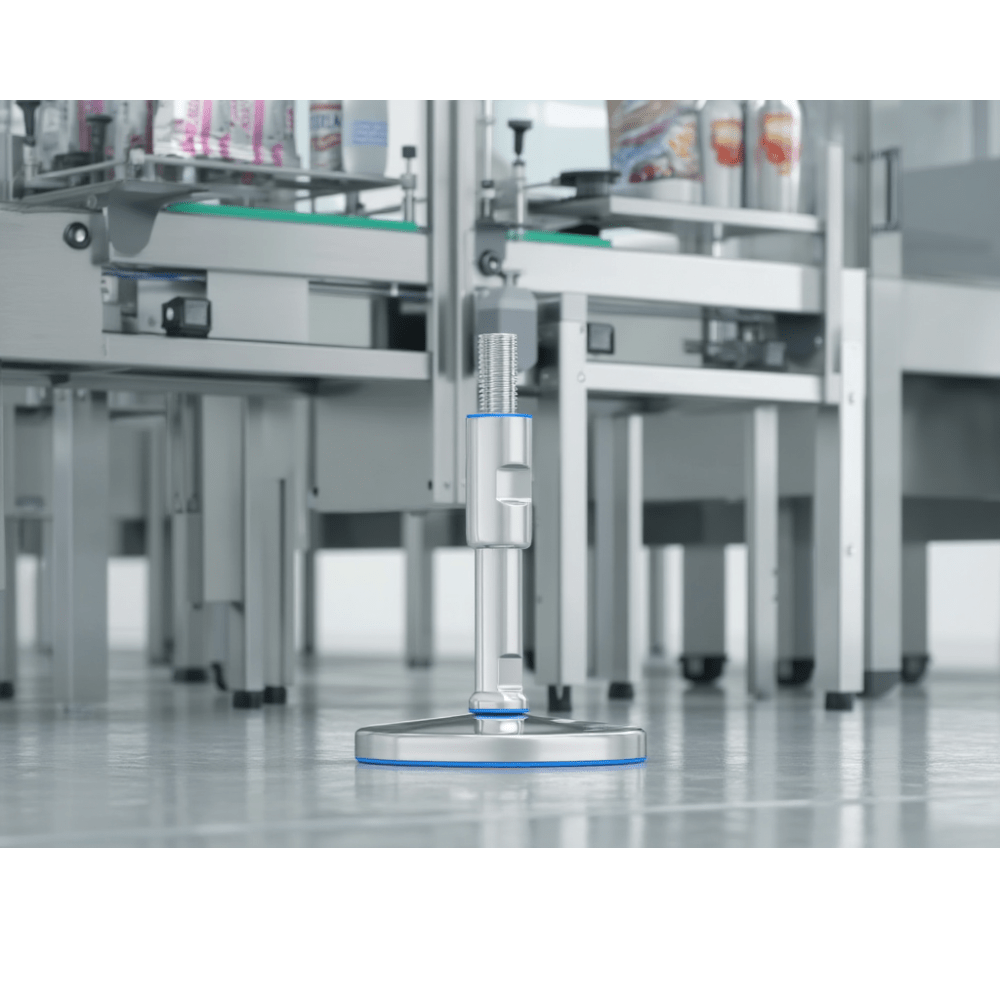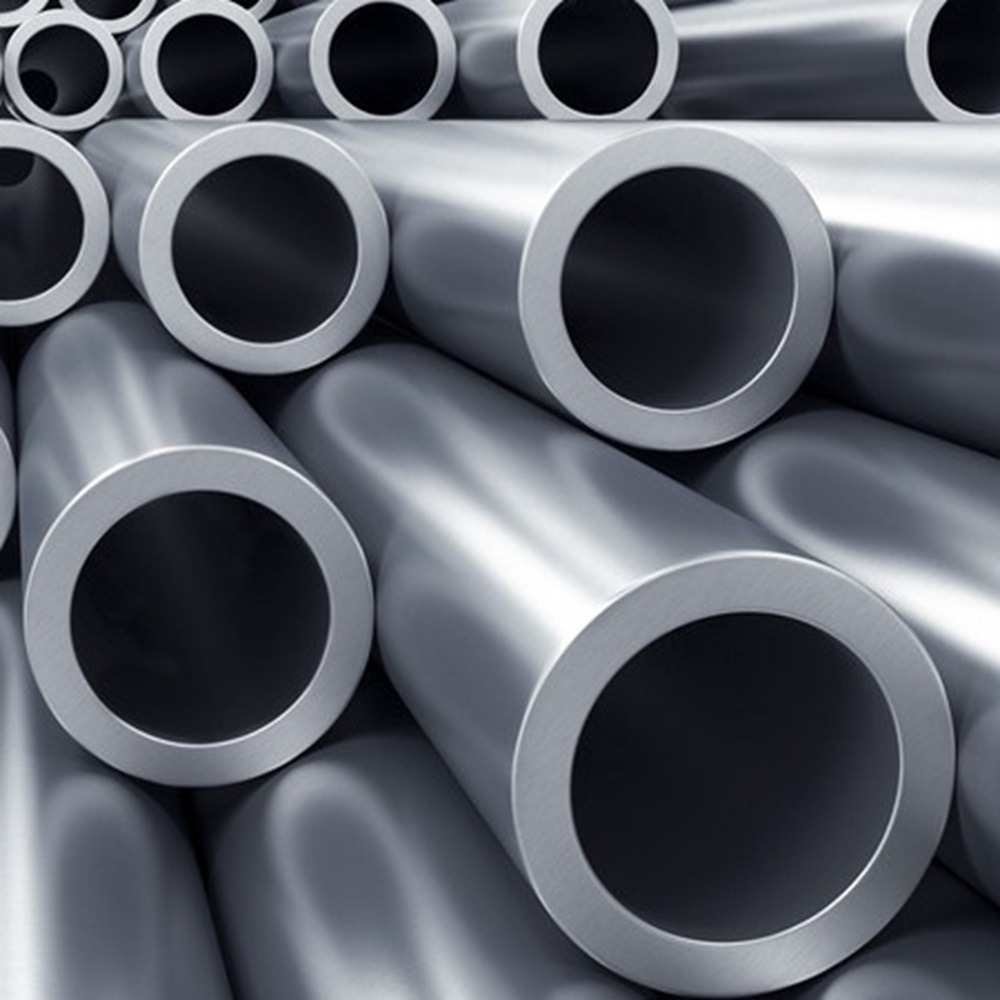
420 Stainless Steel: The Cornerstone of Bearing Manufacturing
Bearings play a critical role in ensuring the smooth and efficient operation of machinery across industries. Among the materials used in bearing manufacturing, 420 stainless steel stands out as a preferred choice. Known for its exceptional combination of durability, corrosion resistance, and machinability, this material provides a competitive edge in demanding industrial applications. 420 stainless steel belongs to the martensitic stainless steel family, characterized by its high carbon content and ability to achieve hardness through heat treatment. Its unique composition includes: The alloy’s balanced composition makes it suitable for applications requiring strength, wear resistance, and moderate corrosion resistance, all critical features for bearing performance. Through heat treatment, 420 stainless steel achieves a high level of hardness, often up to 50 HRC or more. This hardness translates into: While not as corrosion-resistant as austenitic grades like 304 or 316, 420 stainless steel offers excellent resistance to moisture and mild chemicals. Bearings made from this material are ideal for: Compared to higher-grade stainless steels, 420 offers a cost-effective solution without compromising on critical performance metrics. This balance of price and quality makes it a go-to choice for many manufacturers. 420 stainless steel’s machinability ensures the production of precise components, essential for bearing performance. With the right processes, manufacturers can achieve tight tolerances and smooth finishes, reducing friction and wear during operation. In the automotive sector, bearings made from 420 stainless steel are used in: The material’s wear resistance ensures reliability in vehicles subjected to dynamic loads and varying environments. 420 stainless steel bearings find applications in food-grade equipment due to their: The material is a preferred choice in medical applications, including surgical instruments and precision devices, where cleanliness and durability are crucial. From conveyor systems to pumps and compressors, 420 stainless steel bearings are used in machinery that demands high wear resistance and precision. Despite its many advantages, 420 stainless steel has certain limitations: For applications requiring higher corrosion resistance, alternative materials like 316 stainless steel or ceramic bearings may be more appropriate. To maximize the performance of 420 stainless steel bearings, manufacturers can adopt strategies such as: An often-overlooked benefit of 420 stainless steel is its recyclability. Bearings made from this material can be melted and reused, aligning with sustainable manufacturing practices. This attribute makes it an eco-friendly choice for industries looking to reduce their environmental footprint. The demand for advanced materials like 420 stainless steel in bearing manufacturing is set to grow. Future trends include: Discover the advantages of 420 stainless steel in bearing manufacturing. Learn how its unique properties ensure durability, corrosion resistance, and precision performance in demanding industrial applications. 420 stainless steel remains a cornerstone in bearing manufacturing due to its balance of strength, wear resistance, and corrosion protection. Whether in automotive systems, food processing, or industrial machinery, its versatility ensures reliable performance. As industries evolve and sustainability becomes a priority, 420 stainless steel continues to lead the way in creating durable, cost-effective, and eco-friendly bearings.Why 420 Stainless Steel is Ideal for Bearing Manufacturing
Understanding 420 Stainless Steel
Advantages of 420 Stainless Steel in Bearing Manufacturing
1. Exceptional Hardness and Wear Resistance
2. Corrosion Resistance
3. Cost-Effectiveness
4. Machinability and Precision
Applications of 420 Stainless Steel Bearings
1. Automotive Industry
2. Food and Beverage Industry
3. Medical Devices
4. Industrial Machinery
Challenges and Limitations
Enhancing Bearing Performance with 420 Stainless Steel
Sustainability and Recyclability
Future Trends in Bearing Manufacturing
The Power of 420 Stainless Steel
Revolutionizing Bearing Manufacturing for Precision and Durability
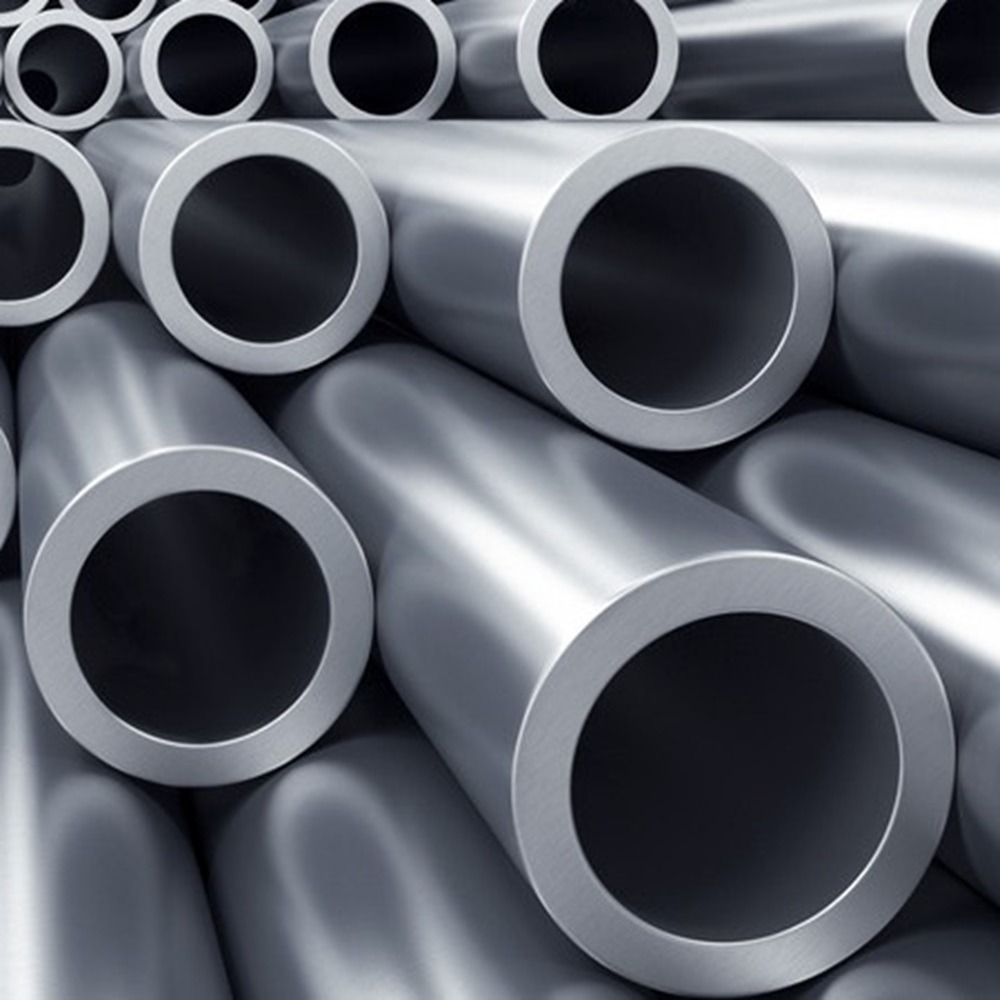
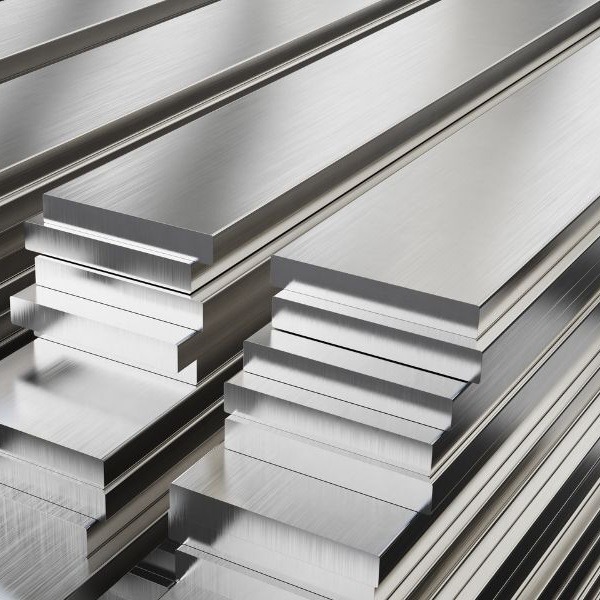
Contact
